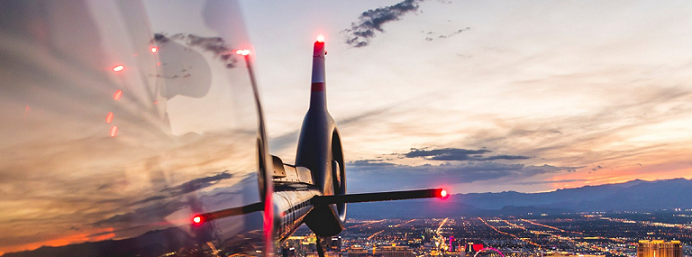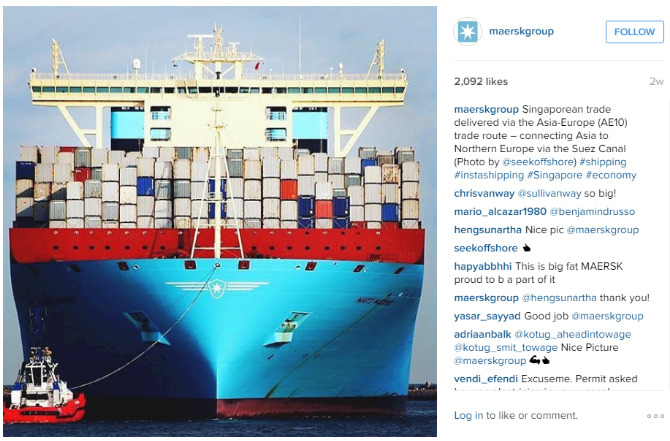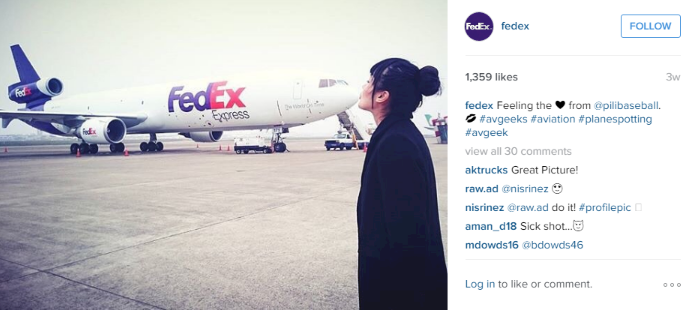
With the news that Instagram has created a function for users to contact businesses directly on the platform, attention has once again turned to the brands using it. Many businesses, particularly B2B brands, are reluctant to use it, viewing it purely as a consumer platform left to celebrities and high-end fashion brands. However, the fact remains that, outside of China, 17% of internet users aged 16-64 say they actively use Instagram each month – a figure that has more than doubled since Q3 2013, according to Global Web Index’s quarterly Instagram report.
It is a crucial platform for businesses to engage their stakeholders on a human level and to showcase values past traditional media. It is particularly important for global businesses as fast-growth markets like Thailand (35%), Malaysia (34%) and Indonesia (31%) have the highest number of users.
For B2B brands, Instagram poses something of a challenge. Without a recognisable physical product to serve as an anchor, it can be difficult to create a coherent visual identity. And since so much of B2B content marketing revolves around providing industry peers with tips and tricks for succeeding on the job, these brands need to be extremely creative about providing value to users within the limited constraints of a single in-feed photograph. This challenge aside, there are some B2B brands that have been able to use the medium to their advantage, either by using it to give people a glimpse into their internal culture or by coming up with creative ways to show how its products and services make a difference in the real world.
Here are a few of our favourites:
Maersk
Back in 2011, Maersk defined their purpose for being on social media: “to get closer to our customers… social media is about communication, not marketing. It’s about engaging, not pushing.” While this purpose is recognisable, it was forward-thinking for the time. They have done this successfully so far, posting beautifully composed images from all over the world, showing the ends of the earth that their businesses goes to in order to deliver for their customers.

Fedex
Fedex’s feed is full of beautifully composed photos, many of which feature their easily-recognisable Fedex trucks and planes. In fact, you can’t scroll through the Fedex Instagram feed without feeling as though, while you’re idly scrolling, they’re hard at work. The impression, here, is that Fedex vehicles are always moving, always delivering, always there. And, for businesses who rely on deliveries being on time, that’s a really important message to be able to take away.

General Electric
No B2B social list would be complete without an appearance from GE. From showcasing the people working on their various brands to the latest technology, their posts are always well-received. They are clearly proud of their technology and showcase it like works of art which don’t look out of place on a user’s feed alongside fashion brands and the latest restaurants.

So whether it’s giant shipping containers or metal cutting technology, clearly there is room for traditional B2B brands to showcase their businesses. The challenge for such brands is not one of having something interesting to say (or visualise), it’s how you present that to the world. The examples show that creativity and imagination are the only barriers between B2B brands to showcase what they do and engaging with a key audience.
Source: Hill+Knowlton Strategies


